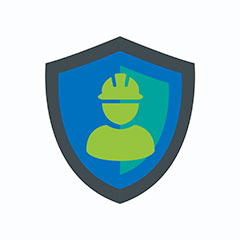Originally posted by Paddy
View Post
Even when taking off from the roughest grass strip I've managed to keep hold of the bloody controls when I'm flying - I can't imagine the runway was that bad with a Dreamliner rolling down it. If it were that bad, that's an abort all day long.
Besides which, the switches were touched after lift off - so there goes whatever bizarre argument you were making there.
Farcical take.





Leave a comment: